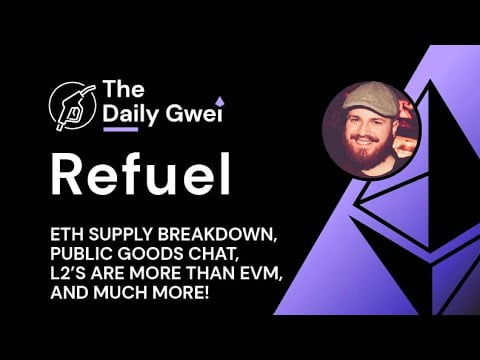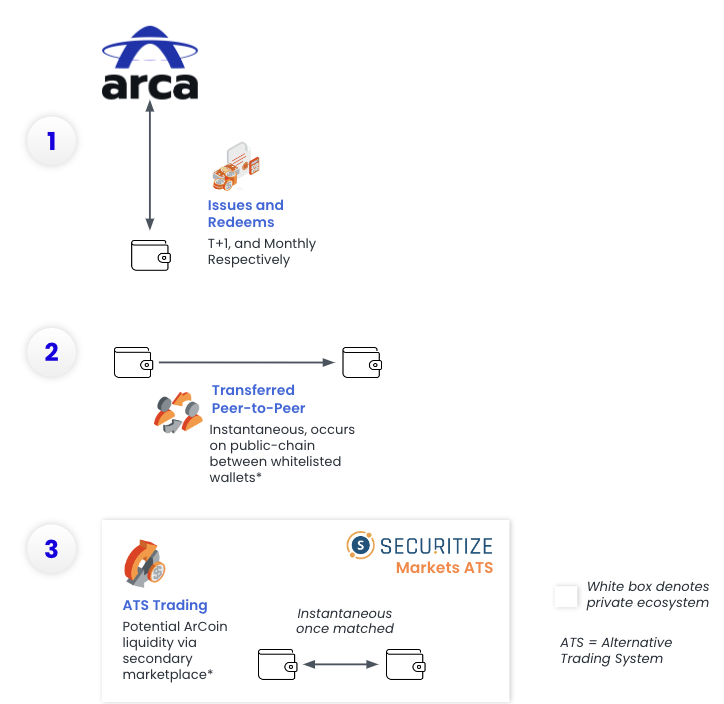Podcast Summary
In this episode of “The Daily Gwei Refuel,” the host, Anthony Sassano, discusses a range of topics with guest Samczsun, a security expert in the Ethereum and crypto communities. They discuss securing Twitter accounts, the distribution of Ethereum supply, the launch of Rocketpool’s new website, and the complexities of funding public goods in the Ethereum ecosystem. The episode also covers the challenges of mainstream crypto adoption, the diversity of Layer 2 projects, and the host’s dedication to the Ethereum ecosystem.
Key Takeaways
Securing Twitter Accounts
- Importance of Security: Samczsun emphasizes the difficulty of recovering a stolen Twitter account, especially for smaller users or in the current reduced support staff environment at Twitter.
- Security Measures: Samczsun advises removing phone numbers from Twitter accounts due to their vulnerability to SIM swapping, and suggests using on-device authentication methods like Google Authenticator instead. Other measures include revoking access from unnecessary apps, logging out of sessions on old devices, and changing passwords regularly.
Ethereum Supply Breakdown
- ETH Distribution: TrueWaveBreak’s updated breakdown of the Ethereum supply details the distribution of ETH across wallets, centralized exchanges, the deposit contract, liquid staking providers, and more.
- ETH Burn: The breakdown also highlights the total amount of ETH burned, with a breakdown of the burn due to DeFi activity, NFT activity, and L2 activity. The host reflects on the sustainability of ETH burn and the potential for NFT activity to move to L2s, which would result in less ETH being burned on the main chain.
Rocketpool’s New Website
- Website Design: The host praises the new website’s design for its user-friendliness and the iconic orange branding of Rocketpool, which he believes will help the platform be taken more seriously as a business rather than a hobby project.
- User Experience: A key feature of the website is the “launch” button, which allows users to easily stake their ETH and receive rETH, emphasizing the importance of a simple user experience for attracting customers.
Funding Public Goods
- Public Good Definition: The host raises the question of what constitutes a public good in the context of funding and the complexities involved in defining it, especially when projects receive both public and private funding.
- Transparency in Funding: The host suggests that projects should disclose their funding sources, including private investments and previous donations, to allow donors to make informed decisions.
Mainstream Crypto Adoption
- User Onboarding: The host discusses the challenges of mainstream adoption of cryptocurrency, particularly the impracticality of expecting users to manage seed phrases, which are critical for security but difficult for most to handle properly.
- Layer 2 Projects: The host notes that while many Layer 2 (L2) projects are Ethereum Virtual Machine (EVM) compatible, a significant number are not, indicating a diverse ecosystem.
Sentiment Analysis
- Bullish: The host expresses a bullish sentiment towards the Ethereum ecosystem, citing its security, decentralization, and the potential for innovation within its Layer 2 space. The host also shows optimism about the new Rocketpool website and its potential to attract more users.
- Neutral: The host maintains a neutral stance on the issue of funding public goods, acknowledging the complexities involved in defining a public good and the need for transparency in project funding. The host also discusses the challenges of mainstream crypto adoption, suggesting the need for a more user-friendly onboarding process.













